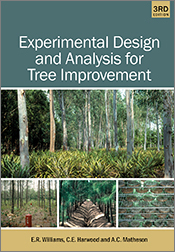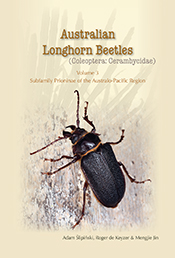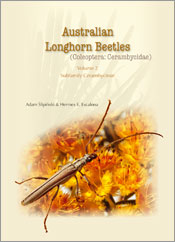Forest Conservation Genetics
Principles and Practice
By: Andrew Young, David Boshier, Timothy BoyleDraws together much previously uncollected information relevant to managing and conserving forests.
Forest management must be sustainable not only in ecological, economic and social, but also genetic terms. Many forest managers are advocating and developing management strategies that give priority to conserving genetic diversity within production systems, or that recognise the importance of genetic considerations in achieving sustainable management. Forest Conservation Genetics draws together much previously uncollected information relevant to managing and conserving forests. The content emphasises the importance of conserving genetic diversity in achieving sustainable management. + Full description
Each chapter is written by a leading expert and has been peer reviewed. Readers without a background in genetics will find the logical sequence of topics allows easy understanding of the principles involved and how those principles may impact on day-to-day forest planning and management decisions.
The book is primarily aimed at undergraduate students of biology, ecology, forestry, and graduate students of forest genetics, resource management policy and/or conservation biology. It will prove useful for those teaching courses in these fields and as such help to increase the awareness of genetic factors in conservation and sustainable management, in both temperate and tropical regions.
- Short descriptionNews
No longer available in a print edition.
Reviews
“Forest Conservation Genetics is a well-organized, timely, and well-written treatise destined to become a classic study guide for conservation of forest resources. The book does an excellent job of discussing all aspects of the complex topic of preservation of forest genetic resources on a global basis. Highly recommended as an invaluable addition to the literature on modern methods in forest genetics and gene conservation.”
D. F. Karnosky, Michigan Technological University (CHOICE v.38 no.3 February 2001)
“The main strength of this book is that it goes beyond just the “science” of genetics and includes the human dimensions. It also shows how genetic research can be incorporated into the overall planning of conservation programs.”
Michael Stine, Louisiana Agricultural Experiment Station, Louisiana State University (Forest Science v.47 no.2 2001)
“It is a useful reading both for scientists and practitioners dealing with gene conservation in forest trees anywhere in the world.”
Diana Krajmerova (Forest Genetics 7(4) 2000)
“A truly multidisciplinary field, forest conservation genetics includes aspects of ecology, population genetics, economics and social policy. Any book addressing the subject is therefore expected to be all encompassing. … Young, Boshier and Boyle together with a number of contributors from several fields have met all these challenges.”
Esther Kamau, Department of Genetics, University of Cambridge, UK (Biological Conservation 101, 2001)
Features
Includes a CD-ROM containing POPGENE, a population genetics analysis software package.Contents
PrefaceContributors
- Introduction
- Section 1: Basic Genetic Principles
- Basic genetics
- Population genetics
- Genetic tools: the use of biochemical and molecular markers
- Mating systems
- Gene flow in forest trees
- Small population processes
- Selection
- Effects of logging and other forms of harvesting on genetic diversity in humid tropical forests
- Forest Fragmentation
- Effects of environmental population on the genetics of forest trees
- Disease threats and the conservation genetics of forest trees
- Hybridisation and forest conservation
- Sampling the gene pools of forest trees for ex situ conservation
- Effect of forest tree domestication on gene pools
- Magnitude and implications of gene flow in gene conservation reserves
- Genetic markers as a tool for bioindication in forest ecosystems
- Criteria and indicators for the conservation of genetic diversity
- Economics and conserving forest genetic diversity
- Rethinking stakeholder involvement in biodiversity conservation projects
- Politics, policies and the conservation of forest genetic diversity
- Forest conservation genetics: limitations and future directions
Species Index
Index








